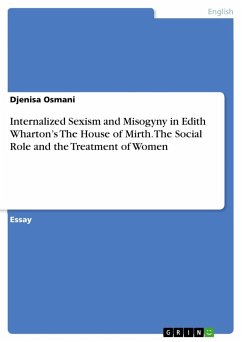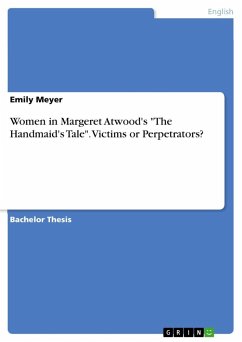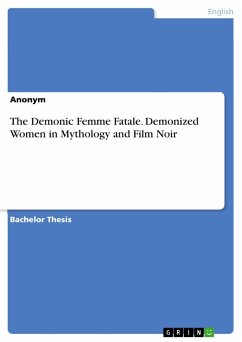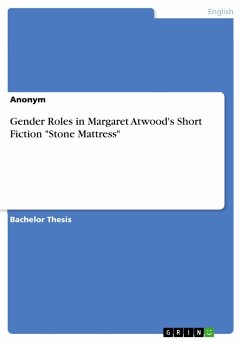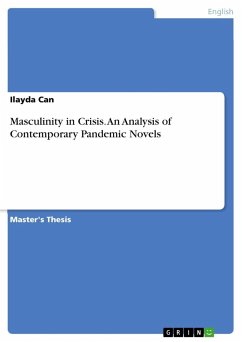Essay from the year 2021 in the subject English Language and Literature Studies - Literature, grade: 2,0, University of Stuttgart, language: English, abstract: First, the terms internalized sexism and misogyny are clarified, followed by the presentation of the social role of women with the help of passages from the novel and the sacrifices they have to make. This is followed by the treatment of Lily by other women, in which misogyny is once again placed as the main focus of the women¿s actions. It is no secret that in the past (and partly even today) there has been no equal treatment and equality between men and women, which is the result of patriarchally led social and cultural structures and conventions. Women have always been subjected to fixed stereotypes and regulations that determine what a woman is allowed to do, how and what she is allowed to be. It is usually assumed that men form obstacles, which is logical in that all these expectations of women stem from a patriarchal value system. However, women also (and especially) form these obstacles in societies and make it difficult for many women to develop themselves, for example. Edith Wharton, among others, takes up this theme in her works while using ¿stereotypes of women purposefully to highlight the falsity of such categorising and to suggest the many deceptions and incongruities involved in accepting such ready-made conceptions of a woman's role in society¿. The House of Mirth is about Lily Bart, who tries in vain to re-establish herself in upperclass society after the death of her financially ruined parents. But as an unmarried and nonwealthy woman, this is not possible without a wealthy husband, which is why she must set out in search of a suitable man, but unfortunately a number of obstacles come in the way, mainly posed by women. Lidoff aptly summarizes Lily¿s end, ¿Lily dies at the novel¿s end, destroyed by the tyranny of social manners¿ (Lidoff 520). Lily¿s social relegation has several causes, but among them are (internalized) sexism and misogyny, which especially tempt other women to come between Lily and her goals. The aim of this essay is to show what social roles women had in the upper class society at the end of the 19th century and what a major role (internalized) sexism and misogyny play in Edith Wharton¿s novel.
Hinweis: Dieser Artikel kann nur an eine deutsche Lieferadresse ausgeliefert werden.
Hinweis: Dieser Artikel kann nur an eine deutsche Lieferadresse ausgeliefert werden.

